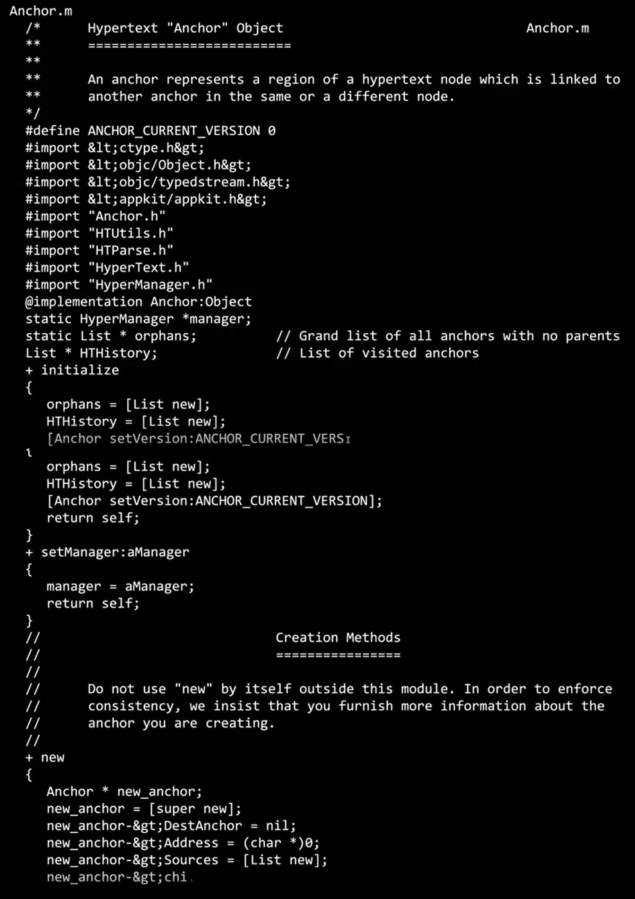
Time-stamped files stated by Tim Berners-Lee to contain the original source code for the web and digitally signed by him, have sold for US$5.4 million at auction. The files were sold as a non-fungible token (NFT), a form of a crypto asset that uses blockchain technology to confer uniqueness.
The web was originally conceived at CERN to meet the demand for automated information-sharing between physicists spread across universities and institutes worldwide. Berners-Lee wrote his first project proposal in March 1989, and the first website, which was dedicated to the World Wide Web project itself and hosted on Berners-Lee’s NeXT computer, went live in the summer of 1991. Less than two years later, on 30 April 1993, and after several iterations in development, CERN placed version three of the software in the public domain. It deliberately did so on a royalty-free, “no-strings-attached” basis, addressing the memo simply “To whom it may concern.”
The seed that led CERN to relinquish ownership of the web was planted 70 years ago, in the CERN Convention, which states that results of its work were to be “published or otherwise made generally available” – a culture of openness that continues to this day.
The auction offer describes the NFT as containing approximately 9555 lines of code, including implementations of the three languages and protocols that remain fundamental to the web today: HTML (Hypertext Markup Language), HTTP (Hypertext Transfer Protocol) and URIs (Uniform Resource Identifiers). The lot also includes an animated visualisation of the code, a letter written by Berners-Lee reflecting on the process of creating it, and a Scalable Vector Graphics representation of the full code created from the original files.
Bidding for the NFT, which auction- house Sotheby’s claims is its first-ever sale of a digital-born artefact, opened on 23 June and attracted a total of 51 bids. The sale will benefit initiatives that Berners-Lee and his wife Rosemary Leith support, stated a Sotheby’s press release.







